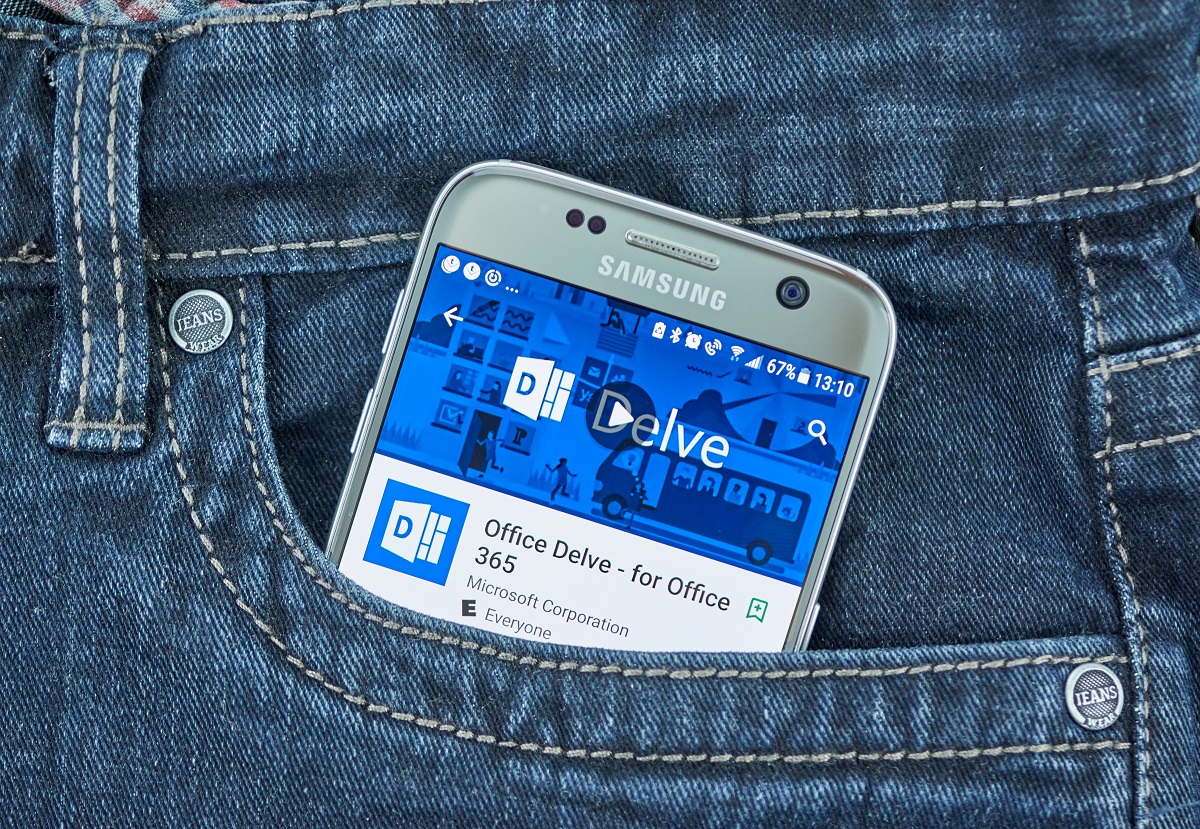Community Connections
The work-from-home toolbox
Ok Zoomer – right here, right now, is the point in history at which more of us are working from home than ever before.
As we do our part to safeguard community health during the COVID-19 pandemic by physically distancing from friends, family and colleagues, ways of working have changed – perhaps forever, as more people may realise their own preferences and the possibilities arising from this.
These changes don’t have to cost us in terms of productivity or efficacy – in fact, as we discover new ways of doing things, we may also unlock hidden potentialities for betterfasterstronger individuals, teams and organisations.
Dale Rogers, Program Manager for the Services by Design team at the University of Canberra’s Quality and Service Improvement division has been sharing some of his favourite Microsoft tools that come included as part of Office 365 with the UC community.
These interconnected tools feed into each other, creating a collaborative and collegial ecosystem.
“These tools are powerful, interconnected and intuitive,” Dale says. “They support our own business values here at UC, which lead towards openness and transparency.”
“They allow us to be ‘open by default, private where necessary’, and that feeds into our collective spirit of integrity, collaboration, inclusion, entrepreneurialism and innovation while also protecting our data sovereignty and governance, and better leveraging on our intellectual property.”
“Just remember, this is all about agility, and finding the possibilities for and in new ways of working.”

Teams
This cloud-based platform combines collaboration and communication capabilities.
It includes functions for both team and private chats, video meetings and audio calls, file storage (in which you can send complete files or collaborate in real-time) and app integration, both with the Office 365 suite and other products.
“Teams is designed to help you focus on the things that are important to you,” Dale says.
“It supports those ‘open by default, private when necessary’ conversations in a way that email doesn’t. We might have lived in our inboxes in the past, but I think that Teams is where we’ll be living in the future.”
The sender of an email is in control of the information, determining receiver, CC and BCC lists. That control is then lost when the Sent button is hit, and the sender has no idea where that email may be forwarded next.
“With an email, there is no transparency about the information and who has it or does not,” Dale says. “Teams allows all the information I share to be accessible, and allows for open and transparent conversations with my team.”
Within a large team, channels can be set up for specific topics, to streamline info and prevent overload.
“As a user, I need to be able to come into my channel notifications and be discerning about what mentions I see – manage the notifications, rather than check out of the Team.
“To avoid info overload, it shouldn’t matter how many teams you belong to – users just need to look at managing notifications and adopting best practices,” Dale says.
Here are his best practice tips for Teams:
* @mentions. Using @mentions effectively makes it easier for members to know that their attention is needed without being bothered by conversations that are not relevant to them. “This is about managing signals vs noise,” Dale says.
* Reply first. Know when to reply and when to start a new chat. Often your reply is intended to inform the context of a larger conversation, so keep your reply in conversation by replying first. Only start a new conversation when it is necessary.
* Reactions. Help everyone manage our ‘signals v noise’ by using reactions when they are more appropriate than a reply. If your contribution to the conversation is an acknowledgement, agreement, or a ‘well done’, it is more effective to use a reaction to convey your opinion.
* Rich conversation. Take your time to start a conversation or reply. The compose box gives you access to headings, bullet points and other rich text. Help your team understand your message clearly and easily by making use of rich text.
* Front-loaded conversations. Make your conversations front-loaded, avoiding "hi" or "hey". Start your conversations with a question or statement – "Can someone publish the marketing proposal?" or "Anecdotal evidence shows that 87 per cent of statistics are made up!"
Planner + To Do
“Think big, act small,” says Dale – and these two complementary tools will help you do both those things simultaneously.
While Planner keeps your eyes trained on your goal in the context of the big picture – whether that is a question of 12 months or 12 years – To Do is all about today.
Planner is a project management tool to help to create plans, organise and assign team tasks, share files and check on project updates via the dashboards.
“To Do is an aggregator, which will help you to keep track of what you’re doing today,” Dale says. “It goes through your emails and tasks from Planner, then curates the flagged ones into tasks for the day for completion.”

Delve
“Delve is basically your superpower if you’re going into a meeting, especially with someone you’ve never met with before,” Dale says.
Use it to look someone up, find out where they sit in an organisation, what they’ve been working on and what their networks look like. It won’t however, access or allow others to access private documents.
The cloud-based service basically arms you with the pertinent knowledge to get the most out of your interactions.
“Delve is powered by Office Graph, which collects information on user identities and activities,” Dale says. “Its artificial intelligence surfaces documents and helps users to access what’s most relevant to them – based on conversations, the time people spend on it etc.”
“It’s a great way to help me figure out how to be proactive – where I can help, get involved or contribute.”
SharePoint
This is the tool you want if your objective is to better organise, store and disseminate information across platforms, as you collaborate on projects with your colleagues.
Use SharePoint to create lists, manage calendars, coordinate libraries and edit documents, among others. It also allows you to use that information to create your own website.
“SharePoint is the backbone for all the other tools I’ve mentioned, a manager and document repository or library in one,” Dale says.
“I think we should be migrating away from our shared drives towards SharePoint, because once we do, that makes a whole bunch of other tools and automation accessible.
“Once a document is in SharePoint, it’s also accessible via Delve, so the AI that underscores Delve is better able to highlight the information needed at any given moment. Documents in a shared drive don’t allow for that – they’re static rather than dynamic.”
Words by Suzanne Lazaroo, photos: stock images